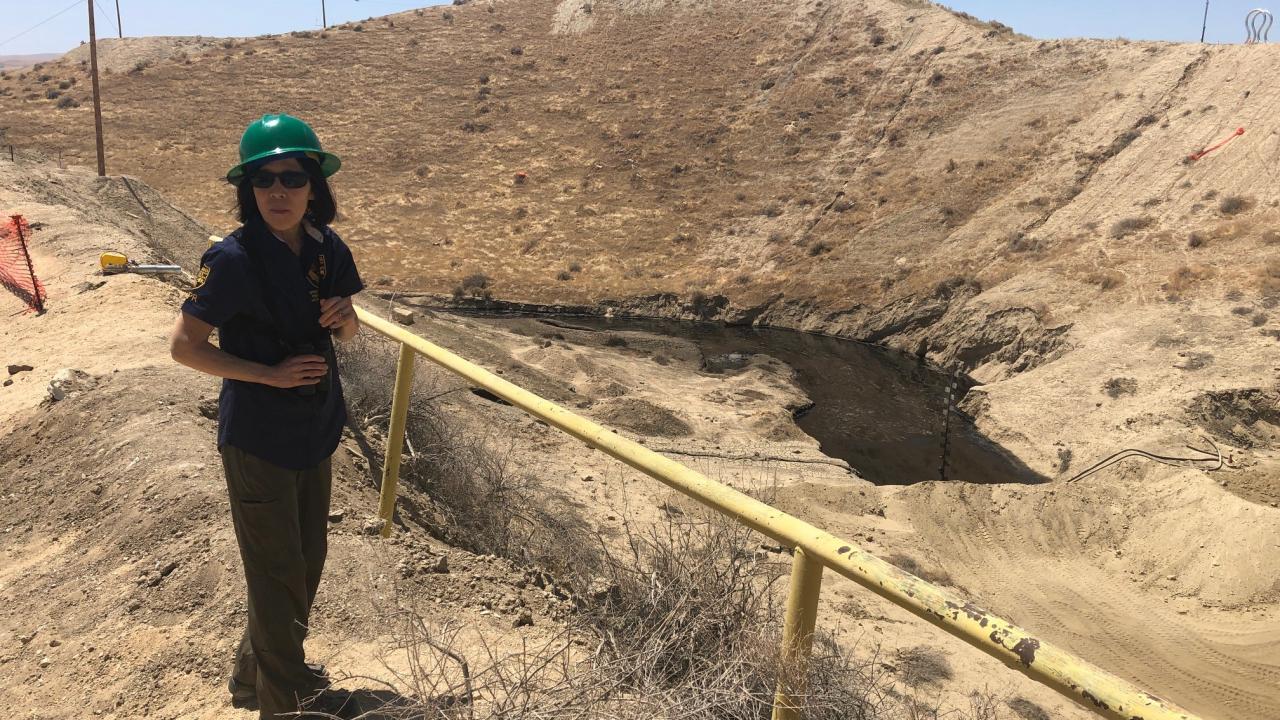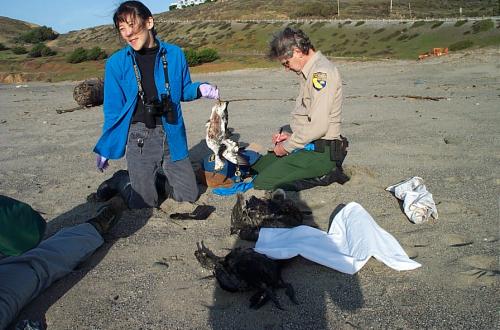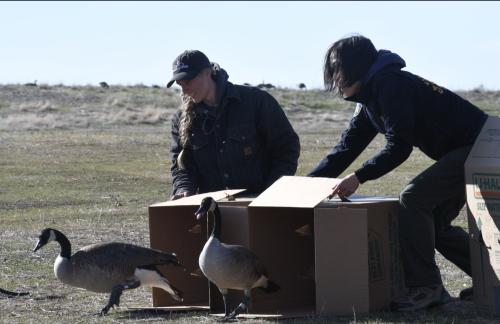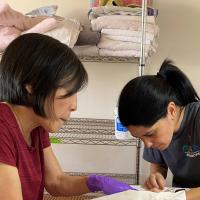
OWCN at 30 Years - Aging Like Fine … Ale?
When I was asked to write this blog in honor of OWCN’s 30th birthday, I admit it took a while to jog my long-term memory (yes I am of a venerable age and started my career well before the term “blog” was even coined) in order to look back on the long and prodigious history of the OWCN. Not all organizations get to be 30 years old and even those that do don’t necessarily grow and develop in positive ways, let alone become ‘world class’. But the OWCN I have observed over the years has been a model of partnership, innovation and continuous improvement, and no wonder over a few decades it has indeed achieved global recognition for it’s excellence in the rescue and care of oiled wildlife. As for the title of this blog, well, if you’ve spent any time with OWCN’s amazing director, Mike, beer will eventually find its way into the conversation (or just look at his FB posts). It’s important to him. Enough said.
A bit of background - I first became aware of the OWCN when I was hired by OSPR in 2000. I initially worked in the Natural Resources Damage Assessment program, which had limited functional overlap with response functions, so I didn’t have much contact with the OWCN.

That changed around 2001-2002, during what we now call the Luckenbach spill, where a WWII era sunken vessel leaking oil off the SF coast caused a series of mysterious seabird oiling events. Those were early days for the network and at the time, such a large event (200+ miles of coastline and 11 month response!) required an all-hands approach, with the network and many OSPR staff (as well as other agencies) being involved in the planning and execution of wildlife operations. At different times during the response, I found myself walking beaches, picking up live and dead birds, documenting shoreline oil, or even back in the office pinch-hitting as the Wildlife Branch Director (my first and last stint in that position!). With stretched resources, the Incident Command had to get creative, developing new approaches and finding efficiencies for this unusual incident. Of course (and fortunately) this response would be handled very differently today, but it was an eye-opening introduction to wildlife response for me and some of the adaptive measures used were formative for the California wildlife protocols that were to follow.
A few years after Luckenbach, when I promoted to a position with oversight for a number of OSPR’s programs including wildlife response, I was lucky to able to begin working closely with the OWCN and got to know the program and it’s people (Jonna, Mike, Lavonne and many awesome folks who have been a part of the OWCN team over the years) much more deeply. Although OSPR and OWCN administratively exist in separate ‘institutions’, I have always thought of us all as part of one family. One does not function or succeed without the other and the mandate and mission to save wildlife during oil spills is a shared one. Now as the Acting Administrator for OSPR, my perspective and appreciation for how all the mandates and functions of OSPR are interconnected continues to grow, and I value our strong connectedness with the OWCN all the more. Let’s face it, the mission of the OWCN, to deliver best achievable care of oiled wildlife, is awesome and almost universally appealing – to the public, to legislators, to the media and maybe especially so if you are, like many in this community, a dedicated and lifelong wildlife professional. It’s an easy line of work to love!

Like any organization, OWCN’s people, with their minds, hearts and energy, have been primary reason for its incredible success over the past 30 years. I have enjoyed working with every OWCN staff that has come and gone (or stayed) – it’s a small but mighty team of talented and super-dedicated folks that get soooo much done with what are by most standards extremely modest resources (the OWCN would beat most gov’t agencies hands down when it comes to squeezing the most of every dollar they’ve got to work with). Anyone who has seen them in action at a spill or drill, or attended one of their events, like Oilapalooza, knows the competence, passion, productivity, and cohesion of which I speak! And I would be remiss if I didn’t express my deep gratitude for my long working relationship and friendship with Mike – we have shared countless hours of program strategerizing (not to mention fruitful, humorous and wide-ranging leadership and life discussions) over many a cup of coffee/tea at various local Davis venues over the years. Sad for Mike, I don’t like beer (to his credit I don’t think he holds it against me).
In looking back at where OWCN has been and where it is now, what has persisted is OWCN’s ability to rise to new challenges

– forging and leveraging valuable partnerships, creating efficiencies, and always leaning into change. Their increasing responsibilities over the years have certainly tested this ability – these have included proactive capture (in addition to care), hazing capabilities, field stabilization, and, in 2014, the expansion to inland oil spills and species – to call this last one a game changer is a serious understatement. I think where the practice of continuous improvement has been in sharpest relief is following the Big Spills – so much is attempted and so many envelopes pushed during these events. Kure, Stuyvesant, Cosco Busan, Deepwater Horizon, Refugio, P00547 – while unfortunate, these and other spills have been key catalysts for progress. It’s not about perfection, because that’s not gonna happen in the chaos that is oil spill response, but what the OWCN does so well is to study the shortcomings and successes each time we do this, and actively pursue those incremental but critical changes and refinements so the next time we can improve. Believe me, it’s harder than it sounds.
The future of the OWCN - with its beloved mission, worldwide reputation and reach, and all that it has built - is a bright one and will be exciting to watch, with novel challenges to overcome (did someone say HPAI?) and new mandates to meet (renewable fuels, anyone?). Among spill responders, you’ll hear us say that our ideal world is one in which we are all out of jobs because our reliance on oil (and hence oil spills) are a thing of the past. It’s a good thing to dream of and strive for. But in the meantime, we should all take great comfort knowing that the OWCN is going to be here, standing watch, being ready, and only getting better with time. Salud!

